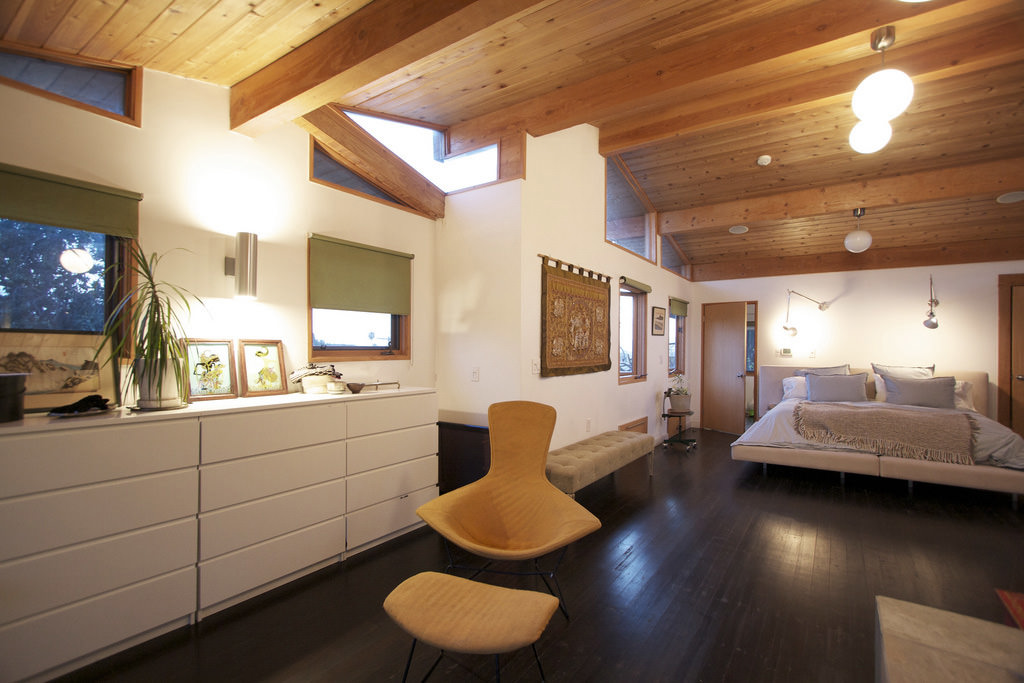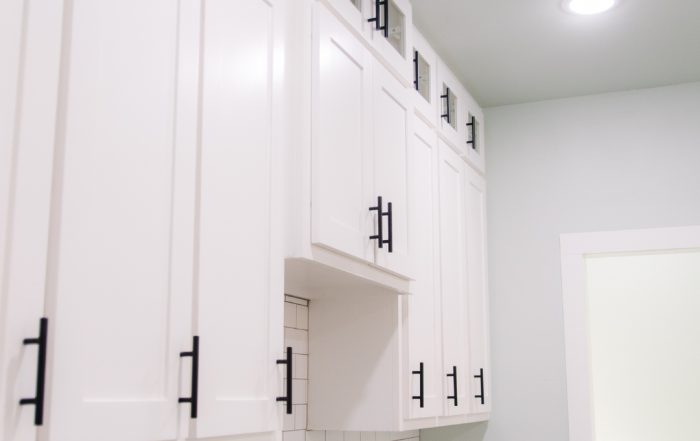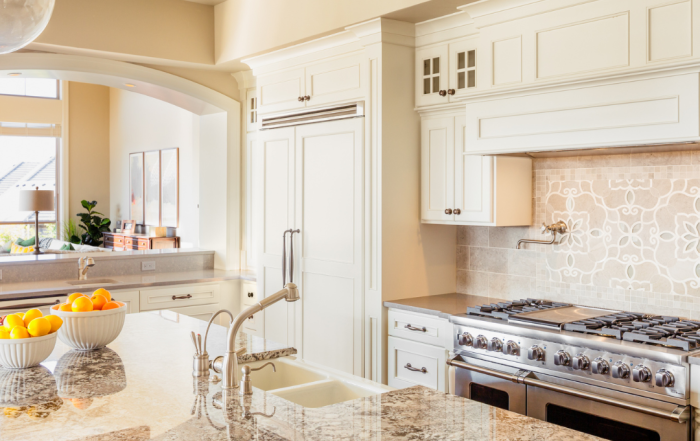The kids are finally out of the house and beginning their lives as independent adults. You couldn’t be prouder, but you’ve also realized that now you have a home with two or three extra rooms you no longer need. It’s easy to understand the difficulties of leaving the home you built your life around. At the same time, a large home doesn’t fit your and your partner’s needs anymore, and the hassle of maintaining and affording such a home will stack up over time. If you are considering selling your home and downsizing, here are some things you should consider first.
1. The Pros of Downsizing
There are many financial benefits to moving to a smaller home. Right now, you are paying to heat and cool a home that’s only housing one or two people at the most. You could be spending hundreds of dollars on utilities for a home that isn’t half full. By switching to a home with half the floor space, you could essentially cut your utility bills in half, saving you thousands of dollars in the long run.
In addition to utilities, you could be also paying more for your home in HOA fees, insurance, and property taxes. While having a home with three or four bedrooms might have been necessary when your kids lived with you, now that you’re on your own, you could probably be using that money to cover other costs or save up for trips or some leisure items that you’ve always wanted.
2. Selling Your Current Home
Before you start boxing up furniture and planning your dream trip to Cabo, you need to figure out the best way to go about selling your current home. The value at which you can sell your home depends on various factors, including the housing market. If you have the luxury of waiting and feeling out the market, you should. Get in touch with a realtor and determine the current value of your home and start getting estimates of how much you could sell it for right now. If that number is a little low, you might want to wait until the market turns in your favor. Likewise, you could also use this time to make improvements to your property to help increase your home’s resale value.
3. Making Renovations
A lot can change in 20 years, so even though your home was fairly modern when you purchased it, chances are that it is beginning to show its age. The good news is there are many ways you can go about revitalizing your home to appeal to current home buyers. For this, you might consider consulting with your realtor or even hiring a professional designer. If you already have an eye for what needs to be fixed, then you could take on some DIY projects. Even something as simple as throwing on a new layer of paint or switching from carpet to laminate flooring can boost your resale value significantly.
4. Finding the Right Home
After you’ve made the appropriate renovations to your home and have decided to finally list it, you should begin looking for your next ideal home. Much like when you purchased your first home, there are many things to consider. Now, instead of raising a family, you are looking for the best place for you and your partner. The cost, size, and location of your new home should reflect the kind of life you want lead as you head into your later years. For instance, if your children are beginning their own families, you might want to consider a home that still has an extra bedroom and space to host parties and family get-togethers.
Whether you decide to buy a home to host or have a modest flat to come back to after month-long trips abroad, downsizing from your current home will provide you with the financial flexibility you need to move on to the next phase of your life. You’ve already done a great job raising your children. Now it’s your time to start the next great adventure in life.
Photo Credit: Pixabay





